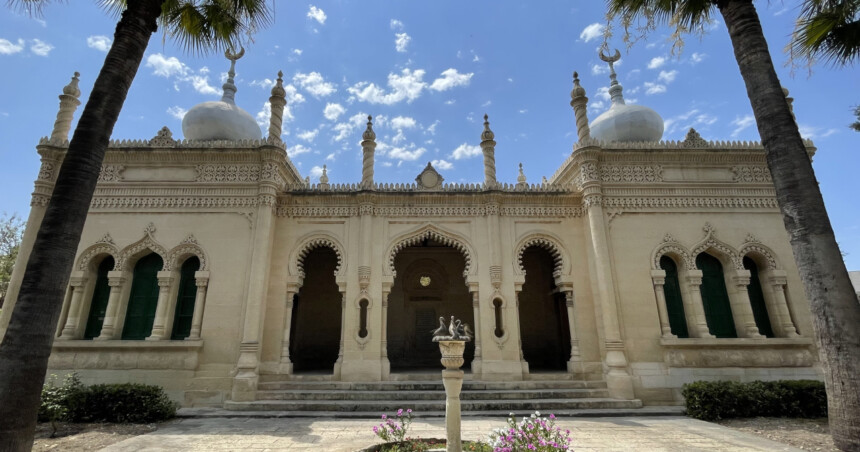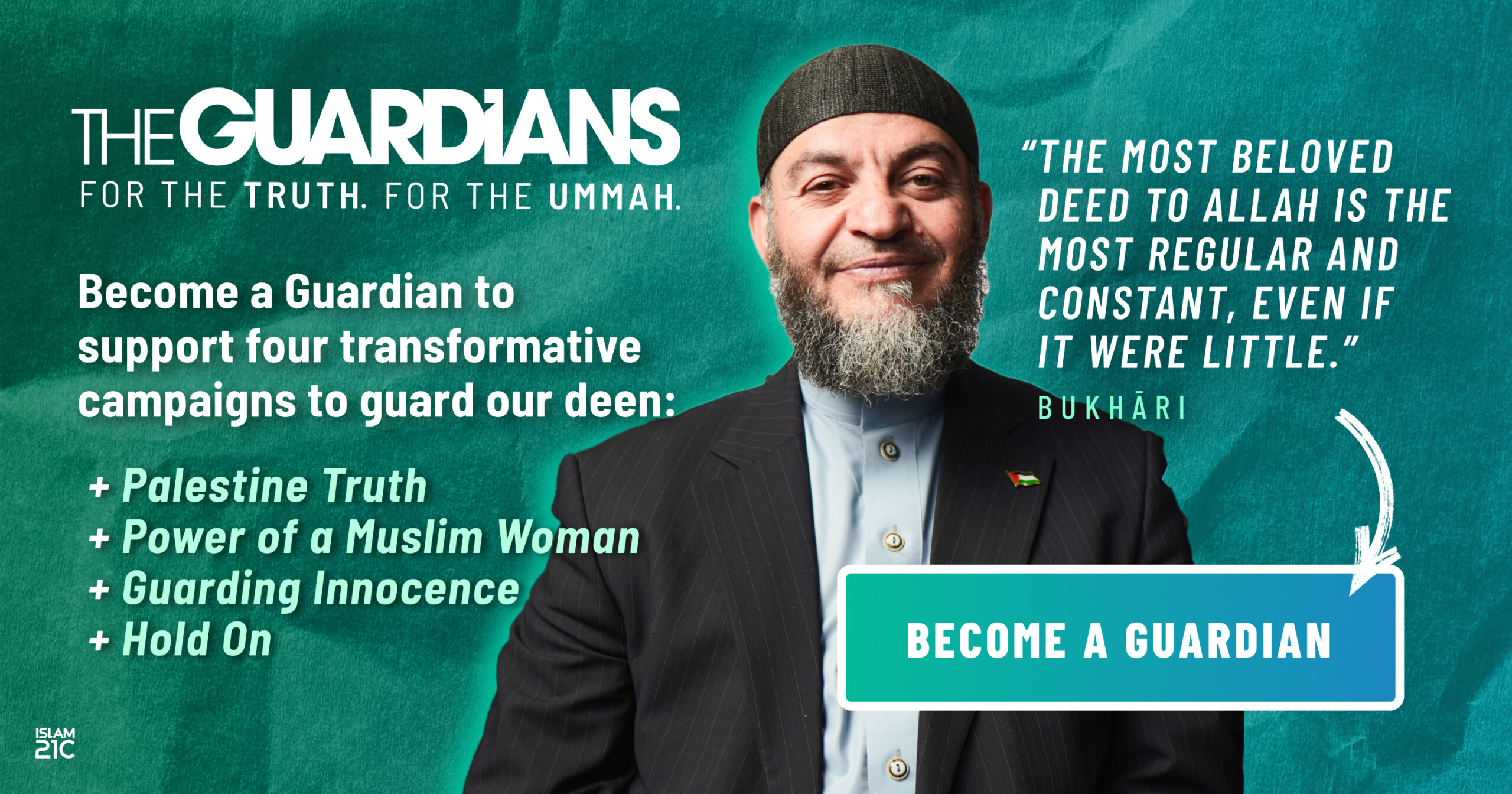
In the name of Allah, the Most Gracious, the Most Merciful. All praise is due to Him, and may His peace and blessings be upon His final Messenger, Muhammad.
When we think of the Taj Mahal, the pristine Indian mausoleum built by the Mughal Emperor Shah Jahan in 1648 should rightly come to mind. Lesser known, however, is the Ottoman version, known today as the Turkish Military Cemetery, established in Malta over two centuries later.
But how did this monument come to be? And why does it matter today? The origins of the cemetery date back to the reign of the Ottoman Sultan Abdülaziz (r. 1861-76). Quite the trailblazer, Abdülaziz was the first sitting Ottoman ruler to visit Western Europe. In 1867, he made diplomatic visits to several capitals, including London and Paris. [1]
The sultan also headed into the heart of the continent, visiting Vienna and meeting the Austro-Hungarian Emperor Franz Joseph. It is safe to say he arrived on friendlier terms than his predecessor Süleyman the Magnificent (r. 1520-66) — who laid siege to the city back in the 16th century.
BACKGROUND
- Malta’s Islamic history runs deep, stretching from the Second World War to as far back as the 9th century
- Having been ruled by North Africans, besieged by Ottomans, and used to hold South Asian prisoners, these Muslims and others set foot on the island and left their mark
- Perhaps no monument could highlight all of these links better than the 19th century Turkish Military Cemetery, sometimes called the “Ottoman Taj Mahal”
- The cemetery’s purpose, architecture, and even the people buried within, neatly bring these connections together in one place
- If you want to understand Malta’s many layers of Islamic history, look no further!
Commemorating the Great Siege of Malta
Abdülaziz travelled to Malta — then under British rule — on his trip too, and later ordered the construction of a monument on the island in memory of the soldiers who lost their lives in another of his ancestor’s sieges.
Süleyman had besieged the Knights Hospitaller, also known as the Knights of St John, on the island in 1565, after having already forced them off of Rhodes in 1522. The knights, who were a Catholic military order established in crusader Jerusalem in the 12th century, had made their home in the country in 1530.
The siege was unsuccessful, and while Malta may not have been incorporated into the Ottoman Empire, this did not prevent Abdülaziz from establishing the spectacular cemetery there some three centuries on.
The sultan contracted the Maltese architect Emanuele Luigi Galizia to undertake the project, which he completed in 1874, after starting work on it the previous year.
And yet, the significance of this monument today arguably far exceeds its original purpose. The Turkish Military Cemetery can be seen as a symbol of Malta’s own rich Islamic history. Highlighted not only by its form, but also by the people buried within. [2]
After all, the presence of Islam in the country dates back to its conquest by the North African Aghlabid dynasty in the 9th century. But the Islamic historical connections continue beyond the establishment of the Ottoman cemetery too. Some of these are even as recent as the First and Second World Wars, and stretch as far afield as South Asia.
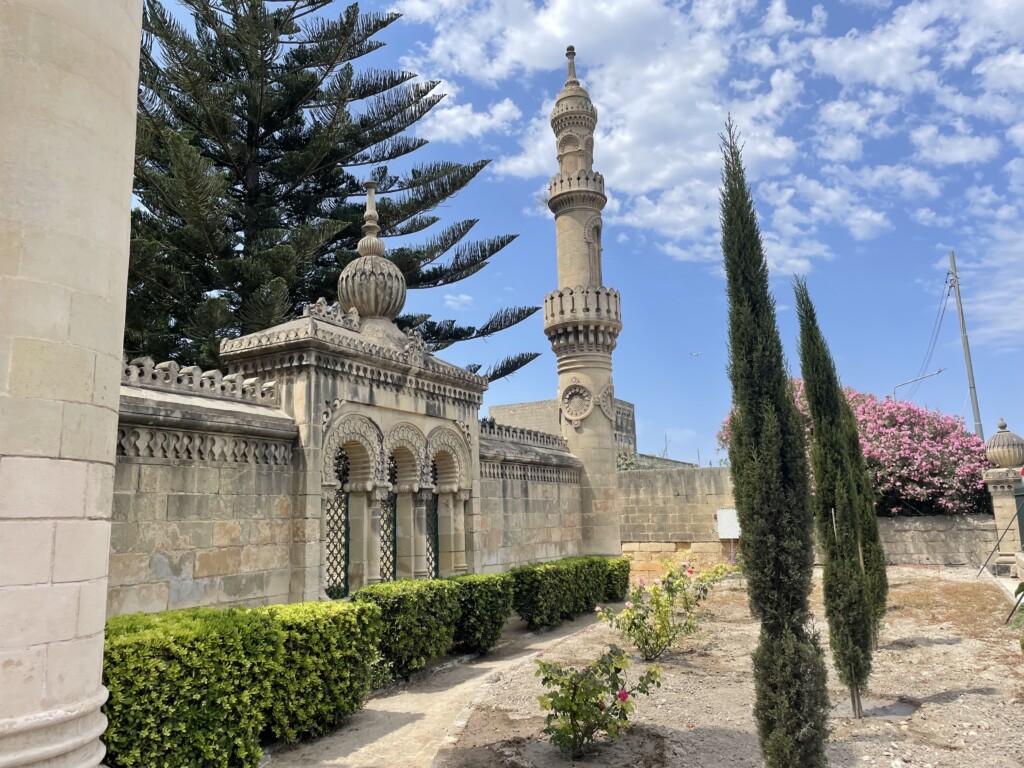
Eclectic Islamic architecture
Galizia, for instance, opted for the cemetery to showcase a synthesis of architectural styles from different Islamic civilisations, borrowing traditional features from the Mughals, Moors, and Ottomans.
His addition of bulbous South Asian-inspired onion domes to the cemetery’s entrance and lodge, for example, as well as his addition of minaret-like towers to the exterior give the monument its Taj Mahal-style appearance.
Galizia’s placing crescent moons atop these domes, and adding Sultan Abdülaziz’s official seal or Tuğra at the portal, however, draw from the Ottoman aesthetic, while his inclusion of horseshoe arches — historically commonplace both in Moorish Spain and North Africa — add another dimension.
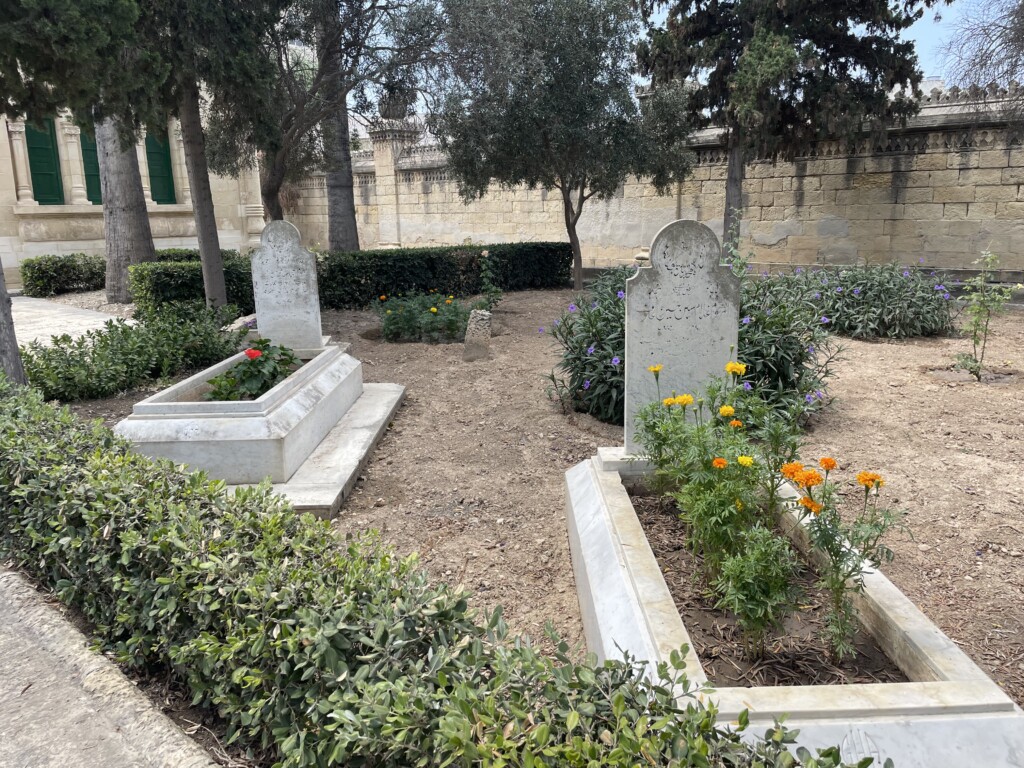
Diverse deceased laid to rest
The cemetery’s architectural features are varied, but so too are the Muslims who have been laid to rest there. In fact, they reflect the regional makeup that inspired Galizia’s designs in the first place and, by extension, Malta’s deep Islamic history.
Not forgetting the monument’s name, many of the graves in the Turkish Military Cemetery belong to a group of Ottoman service personnel, among them soldiers, sailors, and police.
Ottoman prisoners
These Ottomans, however, did not die during the Great Siege of 1565. Instead, they passed away on the island as prisoners taken by Britain in the First World War, when the Ottomans and British found themselves on opposing sides.
Fascinatingly, many of their headstones highlight the diversity of the Ottoman forces, showing origins from across their empire’s former domains, including parts of Türkiye like Istanbul and Ordu, alongside Iraq, Yemen, and Greece.
Also, among the Ottomans is an Indian Islamic scholar by the name of Hakim Nusrat Husain. Firmly in support of their side, he had been imprisoned by the British colonial authorities on the island with a group of other Indian Muslims for his role in planning a wartime rebellion against Britain. The scholar passed away on the island in 1920.
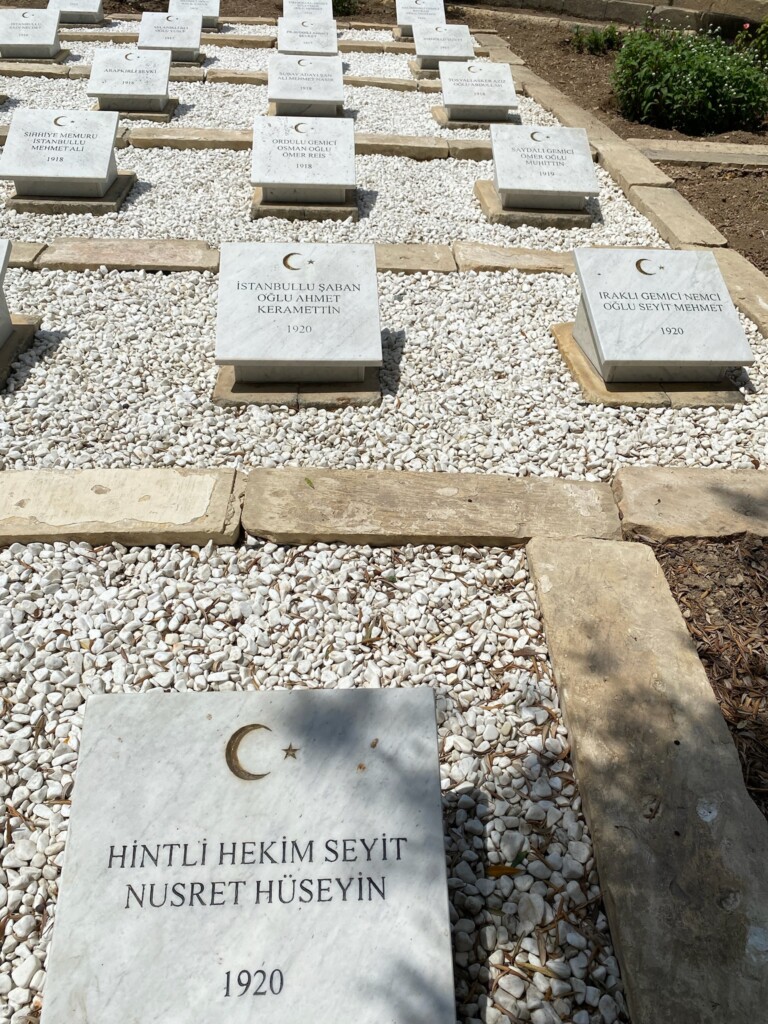
Pilgrims and servicemen
Husain and his Ottoman comrades are not the only people to have been buried at the site either.
In 1908, twenty-three Moroccan pilgrims who had perished on the way to Makkah after their ship caught fire were buried in the cemetery. As were a group of Algerian soldiers who died fighting for France in World War Two.
Among others, there is an Indian merchant navy sailor named Raja Mian, who lost his life while serving Britain in 1942, when his Malta-bound supply ship was bombed by enemy aircraft. Meanwhile, a Ugandan Muslim refugee who came to the country in the 1970s was also laid to rest there after his death.
It is some feat that a monumental burial space like the Turkish Military cemetery, with synthesised architecture of various Islamic civilisations, would actually also include the graves of so many Muslims who at the very least originate from the same regions as Mughals, Ottomans, and Moors.
These styles adopted and lives lived powerfully highlight just how diverse and varied Malta’s Islamic history and links really are.
Perhaps the cemetery’s significance is greater than Sultan Abdülaziz or Emanuele Galizia could ever have imagined for that very reason?

Action points
-
Read Z A Rahman’s The Lasting Legacy of Islam in Malta to learn more about the country’s impressive legacy.
-
Tell someone about the extent of Islamic history in Malta after checking out the above.
-
Reflect on the powerful symbolism of the Turkish Military Cemetery.
Source: Islam21c
Notes
[1] https://www.islam21c.com/history/city-of-london-ottoman-links/
[2] https://www.islam21c.com/politics/europe/the-lasting-legacy-of-islam-in-malta/


